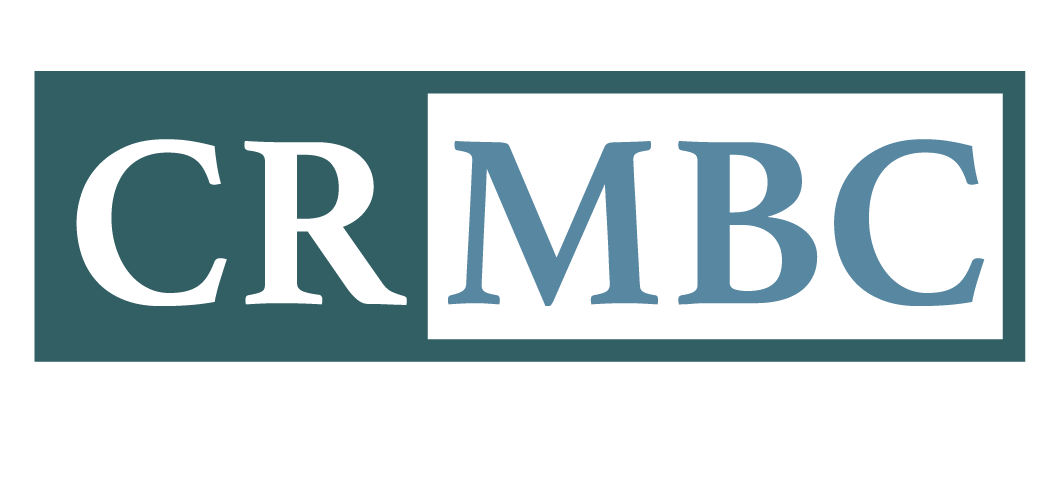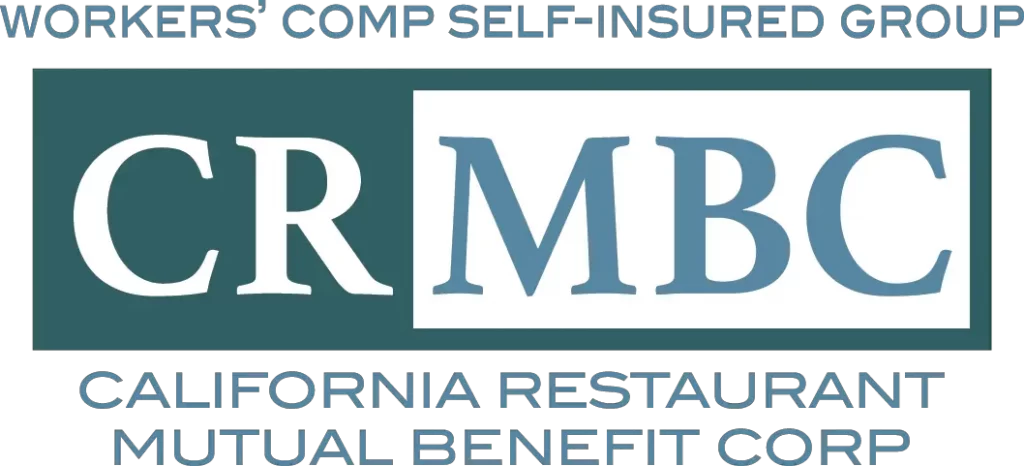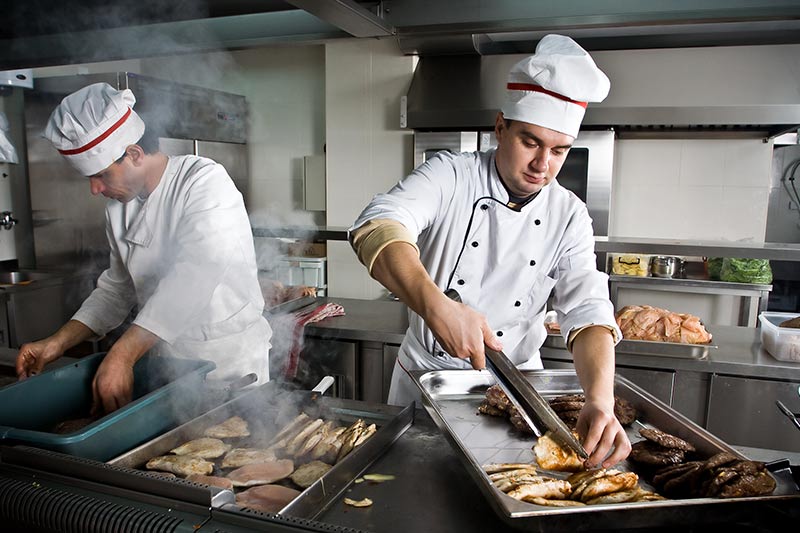Author: Kaya Stanley, Board Chair and CEO, CRMBC
Preventing workplace injuries is crucial in the restaurant industry, not only for the safety of employees but also for controlling financial losses associated with workers’ compensation claims. With over 15 million employees, the U.S. restaurant sector is one of the country’s largest employers and experiences a higher incidence rate of nonfatal occupational injuries and illnesses than most other industries. These injuries, ranging from minor cuts to severe burns and falls, affect employee well-being and businesses’ financial stability. According to the NSC, the total cost of work injuries in 2022 was $167.0 billion, representing more than 108 million days lost.
By prioritizing safety initiatives like slip-prevention training, proper use of knives and other equipment, and encouraging proper lifting techniques, restaurants can significantly reduce the risk of injuries, protecting their employees and their bottom line. Some key areas to focus on include:
1. Cuts and Lacerations
Cuts are prevalent in kitchens due to the frequent use of knives and other sharp implements. To reduce these injuries, focus on:
- Training: Organize comprehensive training sessions that teach safe knife handling and cover the selection of appropriate tools for specific tasks to prevent misuse, which can lead to injuries.
- Personal Protective Equipment (PPE): Invest in high-quality cut-resistant gloves and make their use mandatory for cutting tasks. Other protective equipment like finger guards and thumb protectors should also be considered for employees engaged in frequent slicing activities.
- Maintenance: Establish a routine for checking and sharpening knives to ensure they remain sharp and safe. Dull knives require more force to cut, increasing the risk of slippage and injuries. Utilize professional sharpening services or train staff in proper knife sharpening techniques.
2. Slips, Trips, and Falls
These incidents are often due to wet floors, clutter, and uneven surfaces. To minimize such accidents, prioritize:
- Cleanliness and Maintenance: Implement a strict protocol for immediate spill cleanup. Use cleaning solutions that do not leave residues, which could make floors slippery. Schedule regular checks and maintenance of flooring to repair any damages, like cracks or uneven surfaces, that increase fall risks.
- Floor Safety: Place anti-slip mats in high-risk areas near sinks and cooking stations. Consider floor treatments that increase traction in areas that cannot accommodate mats.
- Footwear Policies: Enforce a policy requiring or providing slip-resistant shoes. Provide information sessions on the importance of proper footwear and how it can prevent falls, including demonstrations of the difference in traction with various types of footwear.
3. Burns and Scalds
Hot surfaces, steam, and boiling liquids in kitchens frequently cause burns. To protect staff, consider:
- Protective Gear: Ensure that all staff working near hot surfaces or handling hot substances are equipped with appropriate protective gear, including oven mitts and aprons resistant to heat.
- Procedures for Handling Hot Substances: Develop and enforce specific protocols for safely handling hot pans, pots, and other containers. This might include guidelines on properly using handles and where to place hot items after use.
- Equipment Maintenance: Regularly review and maintain all kitchen equipment to ensure safety features are functioning correctly. This includes checking thermostats and safety valves on stoves and steamers to prevent overheating and potential burns.
4. Strains and Sprains
These are common due to lifting, reaching, or repetitive motion. Here are some ideas to reduce these injuries:
- Ergonomics Training: Provide training on ergonomics to teach staff how to move properly when lifting, reaching, or carrying heavy loads. This can include demonstrations and role-playing exercises.
- Workspace Design: Arrange the kitchen layout to minimize the need for overreaching or frequent bending. Use adjustable-height counters where possible, and organize supplies to minimize lifting heavy items from high or low positions.
- Health and Wellness: Encourage a workplace culture that promotes frequent breaks, especially for those in physically demanding roles. Offer resources or short sessions on stretching and proper posture to reduce muscle strain.
5. Hitting or Being Hit by Objects
In the tight kitchen quarters, employees often bump into or are struck by objects (like open cabinet doors) or by other busy staff carrying heavy loads. To mitigate these injuries, emphasize:
- Space Management: Designate specific areas for storing equipment and supplies to minimize clutter. Use visual aids like floor tapes to define storage areas and pathways to ensure clear and safe passage.
- Safety Protocols: Develop and enforce rules about closing cabinet doors after use and storing tools safely. Conduct regular walk-throughs to monitor compliance and address potential hazards proactively.
- Communication Training: Train staff on effective communication techniques, such as announcing their movements in tight spaces (“Behind!” or “Corner!”), to avoid collisions. Also, consider implementing systems that facilitate better visibility, like mirrors in blind spots.
Addressing these specific injury risks with targeted strategies helps create a safer working environment, which can lead to fewer accidents and associated claims. Moreover, fostering a culture prioritizing safety can enhance overall operational efficiency and employee morale, making your restaurant a safer, more productive, and enjoyable workplace. By integrating these practices, restaurant owners can significantly mitigate risks and protect their staff and business.
Take control of workplace risks with CRMBC’s expert services. From developing tailored safety programs and conducting comprehensive loss control solutions to managing claims with precision and strategic oversight, we can help reduce the risk of injuries. Contact us today for a detailed consultation.

Kaya Stanley is an attorney, published author, business owner, and highly sought-after strategic turnaround expert. Ms. Stanley serves as CEO and Chairman of the Board for CRMBC, the largest restaurant workers’ compensation self-insured group in California, and she is the Licensee for TEDxReno, an independently organized TEDx Event.
Throughout her 22 years of practicing law, Ms. Stanley has served as outside counsel for Wal-Mart and Home Depot. She was voted one of the country’s “Top 25 OZ Attorneys” by Opportunity Zone Magazine and published a best-selling book called “The Employer’s Guide to Obamacare.” Before that, she earned her master’s degree in social work and public policy, after which she worked with at-risk girls in Detroit and lobbied for women and families.








